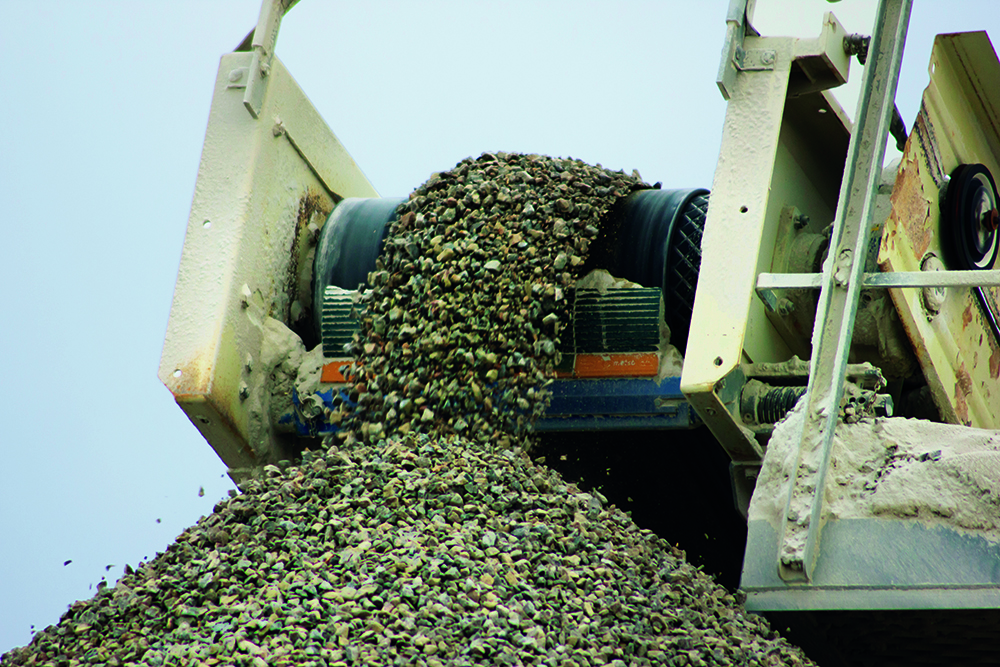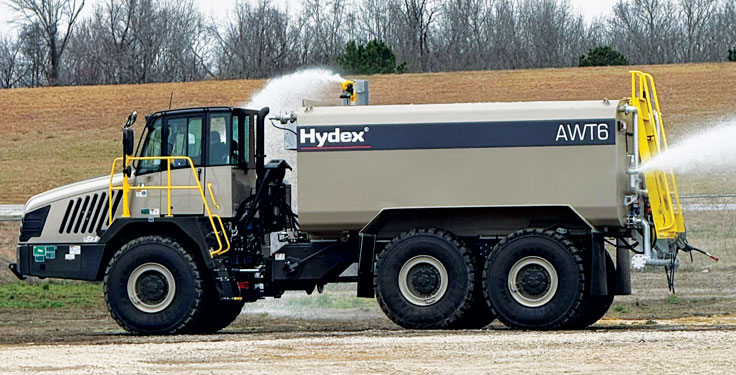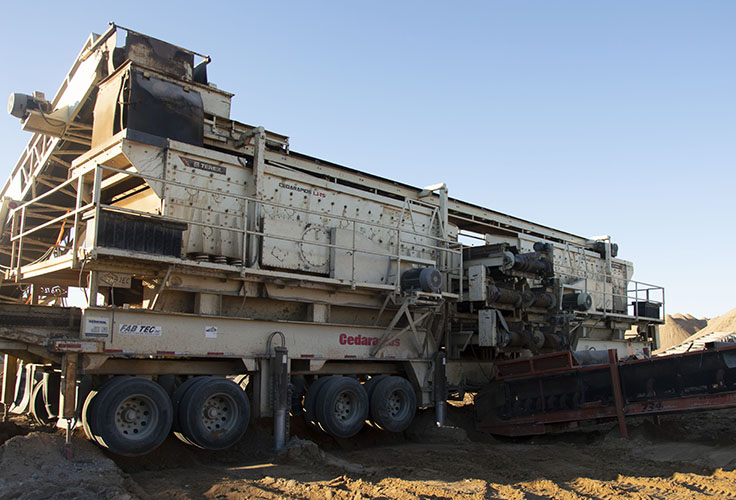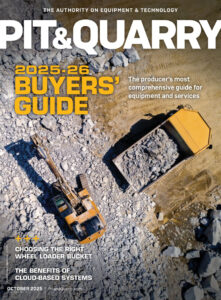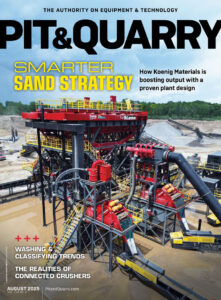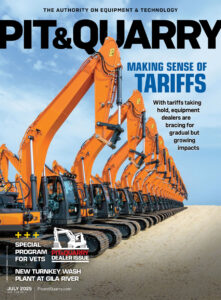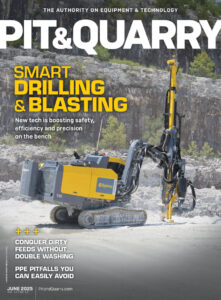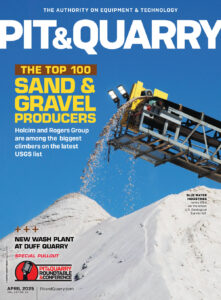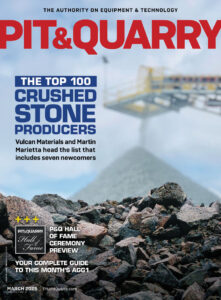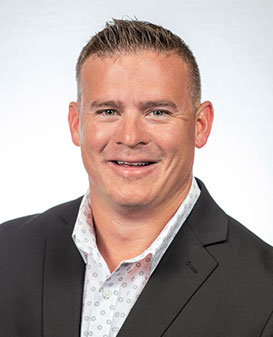
As Micah Tysver travels across the Upper Midwest to meet with producers, some of the same topics regularly come up in conversation.
Inflation, interest rates and tariffs are high on the list these days, just as COVID and supply chain were several years ago. But despite a new series of headwinds, the industry’s stakeholders press on.
“The situation we’re in is kind of a new norm,” says Tysver, president of Crush Mode, an IRock Crushers dealer serving Iowa, Minnesota, North Dakota and Wisconsin. “The demand is high, there’s a lot of work out there and it seems like customers are very optimistic.”
From Tysver’s view, producer backlogs are already getting full this year. That ultimately means demand for equipment should remain strong.
“I’m very optimistic about this year, and it seems like the customers I talk to are kind of singing the same tune,” he says. “We’ve been seeing this for several years.”
Lower interest rates would certainly help, though. Rock Machinery’s Bryant Fazer says as much.
Still, Fazer says an influx of workers would be even more beneficial for producers. He hears about this ongoing issue almost daily.
“I just got off the phone with a customer here in Wisconsin and he was like: ‘I’d be doing a lot better if I could find a few more good people,’” Fazer says. “It’s talked about a lot, but it’s hard to find people who want to go into this industry.”
Meeting the labor challenge

Fazer says the workforce challenge is compounded in a state like Wisconsin, which is a highly portable market.
“You’re crushing for road projects, and a portable plant might move 10 to 12 times a year,” he says. “It’s hard. You might not be home every night, and you’re out in the environment every day. You’re working physically. It’s not for everybody, so it makes for one of the biggest challenges for our customers.”
With workers in short supply, producers in Wisconsin are making at least one workaround.
“With a lot of customers, they’re trying to find a solution in running fewer yet larger portable spreads with more production capability,” Fazer says. “They’re going bigger. Instead of having two crews, they’ll do it with one and get it done in half the time.”
Although upsizing equipment comes at a cost, it’s a welcome alternative given the worker shortage.
“We can definitely supply the equipment,” Fazer says. “It’s the people that’s the variable.”
Tysver sees this transition taking place in the region, as well.
“There’s more of a shift in the market to the mobile and portable equipment,” he says. “We have even placed mobile equipment in large quarries.”
Even so, producers still demand workers. Equipment dealers do, too.
But it’s on individual companies to forge pathways to build their own workforce for the coming years.
“We have a youth apprentice program, and then we have an apprentice program accredited through the state of Wisconsin,” Fazer says. “We bring on high schoolers – juniors and seniors – and they work with us to develop soft skills. Can they show up to work on time? Are they ambitious? Because to be in this business, you’ve got to be in the top 10 percent of ambition and drive.
“It is a demanding job, and we want to make sure they’re ready for it,” he adds. “But we have some great young guys going through this program at the high school level and through a local community college.”
Rock Machinery’s effort is one that can certainly be replicated elsewhere.
“Collectively, producers and dealers should do whatever we can to motivate young people to go into the trades and fill this significant gap,” Fazer says. “They will have a very good living. In many cases, they’ll make more money doing this than they will coming out with a four-year degree.”
Related: Are national dealers on the horizon

